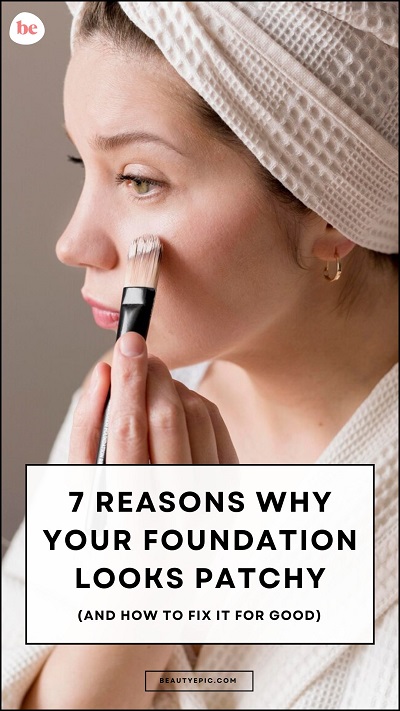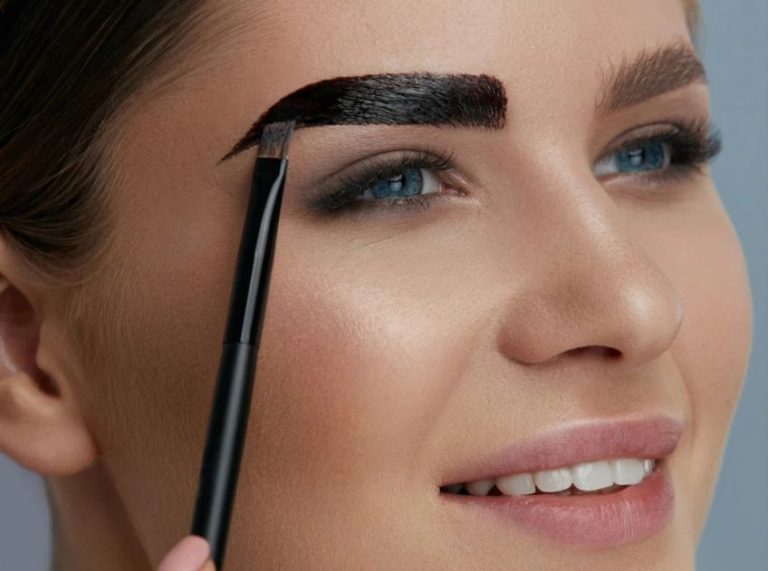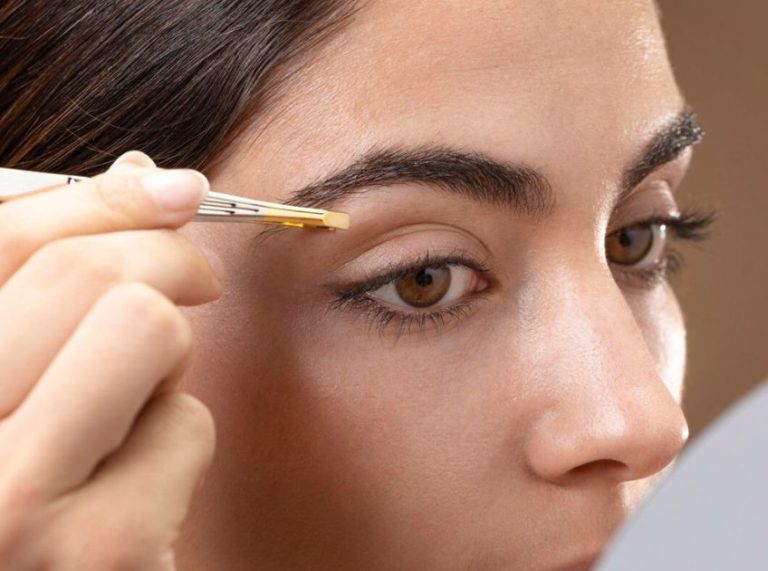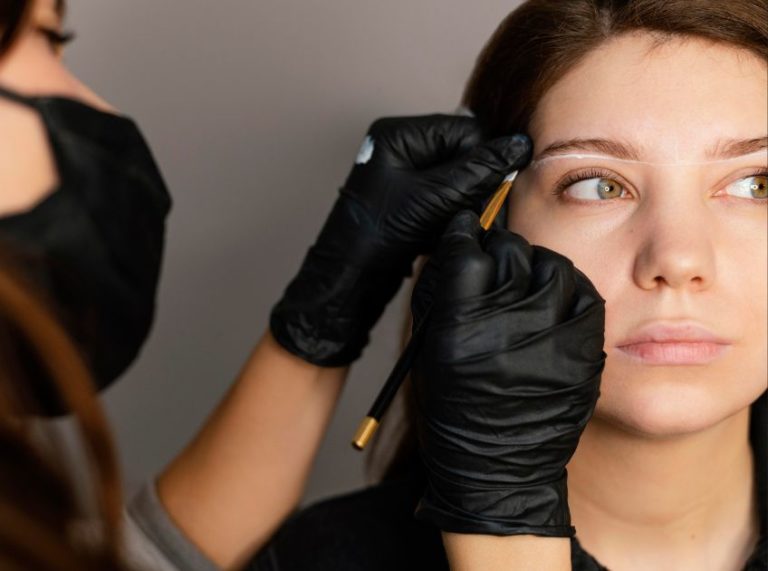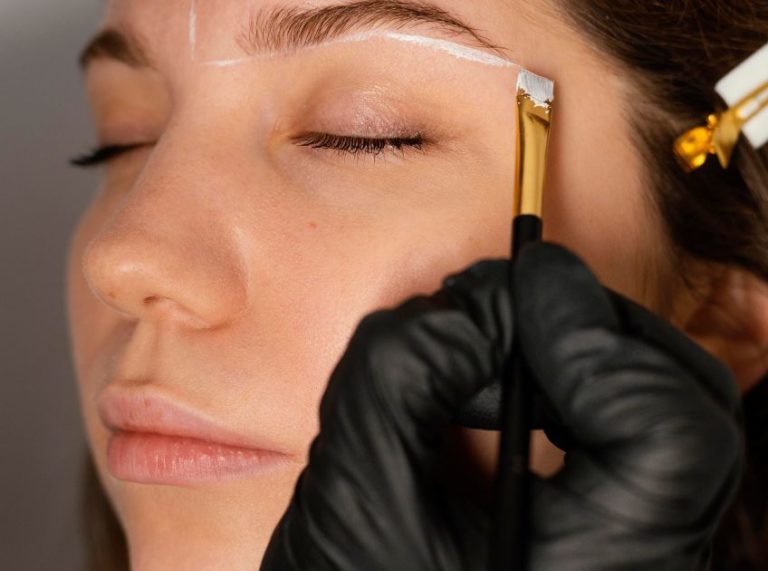
Important: This article is for informational purposes only. Please read our full disclaimer for more details.
You’ve blended, buffed, and even sprayed setting spray, but your foundation still ends up looking patchy, flaky, or uneven. Sound familiar? You’re not alone. Patchy foundation is one of the most common and frustrating makeup issues, especially when you’re aiming for a smooth, flawless finish. The good news? It’s usually caused by a few fixable mistakes in your skincare or makeup routine.
Article Contains
This expert-backed guide breaks down the top 7 reasons your foundation isn’t going on smoothly—and how to fix each one like a pro.
1. You’re Skipping Proper Skin Prep
One of the biggest culprits behind a patchy foundation is poor skin prep. Applying foundation on dry, flaky, or oily skin creates an uneven base, making it harder for makeup to adhere smoothly.
Solution
- Cleanse thoroughly to remove dirt and oil.
- Exfoliate 1–2 times a week to slough off dead skin.
- Apply a hydrating moisturizer (even for oily skin types) before makeup.
- Use a primer that suits your skin type to smooth and balance the canvas.
Pro Tip: A well-hydrated face grips foundation better and helps prevent cracking and separating throughout the day.
2. Your Foundation Formula Doesn’t Match Your Skin Type
Not all foundations are created equal, and using the wrong one can lead to patchiness, dryness, or oily separation.
Solution
- Dry skin: Choose a hydrating or dewy foundation with ingredients like hyaluronic acid or glycerin.
- Oily skin: Go for oil-free, matte, or satin finishes with shine-control benefits.
- Combination skin: Use a flexible formula and apply powder only in oil-prone areas.
Matching the formula to your skin needs helps prevent sliding, separating, and blotchiness.
3. You’re Applying Too Much Product Too Quickly
Overloading your face with product can overwhelm the skin, especially if you don’t give each layer time to settle. This leads to cakey buildup and patches that don’t blend well.
Solution
- Apply foundation in thin, buildable layers.
- Start with a small amount and blend it out before adding more.
- Let moisturizer and primer fully absorb before applying foundation.
Expert Note: Your skin only needs enough foundation to even out tone, not mask your natural complexion.
4. You’re Using the Wrong Application Tools
Your tools matter just as much as your foundation. Fingers, brushes, and sponges all offer different finishes, and the wrong one can lead to streaky or blotchy application.
Solution
- Use a damp beauty sponge for even, seamless coverage and better blending.
- Choose dense, flat brushes for full coverage, but always buff in circular motions.
- Avoid using fingers unless you’re applying a light, sheer foundation.
Keep your tools clean—old product buildup can cause streaks and bacteria transfer.
5. Your Skin Is Too Oily or Too Dry in Spots
Uneven skin texture—like oily T-zones and dry patches—can break up foundation and cause it to cling to certain areas while disappearing from others.
Solution
- For dry patches, exfoliate gently and use a richer moisturizer.
- For oily zones, blot excess oil before applying makeup and set with a light powder.
- Consider using different primers for different areas (e.g., mattifying on the T-zone and hydrating on cheeks).
Customizing your routine based on your skin’s needs can drastically improve how your foundation wears.
6. You’re Not Setting Your Foundation Correctly
Improper setting techniques can cause your foundation to shift, crease, or wear unevenly throughout the day.
Solution
- Lightly dust a translucent loose powder over areas that tend to crease or get oily.
- Use a makeup setting spray to lock in your look and eliminate any powdery finish.
- Don’t over-powder—too much can cause dryness and break up the base.
Expert Tip: Use blotting papers instead of layering more powder when you need a midday touch-up.
7. You’re Layering Incompatible Products
Mixing oil-based primers with water-based foundations—or vice versa—can create separation, patchiness, and uneven wear.
Solution
- Always check your primer and foundation ingredients. Stick to either oil-based with oil-based or water-based with water-based combinations.
- Let skincare products absorb fully before moving to makeup.
- Avoid layering too many products under foundation, especially silicone-heavy ones, which can pill or clump.
Frequently Asked Questions (FAQ’S)
1. Why does my foundation look patchy around my nose?
A. The nose often gets oily and can also have dry, flaky skin. Use a gentle exfoliator, moisturize well, and set lightly with powder. A matte primer can help grip foundation better in this area.
2. Can using expired foundation cause patchiness?
A. Yes. Expired makeup can separate, oxidize, and apply unevenly. Always check the expiration date and replace the foundation every 6–12 months.
3. Should I avoid powder if I have dry skin?
A. No, but use it sparingly. Apply only where needed, like under the eyes or T-zone, and always use a hydrating setting spray afterward to avoid a dry, cakey finish.
Final Thoughts
Patchy foundation doesn’t mean you’re bad at makeup—it just means a few tweaks are needed in your prep or product choice. When you understand how your skin behaves and how your makeup interacts with it, you can take control of your base routine.
